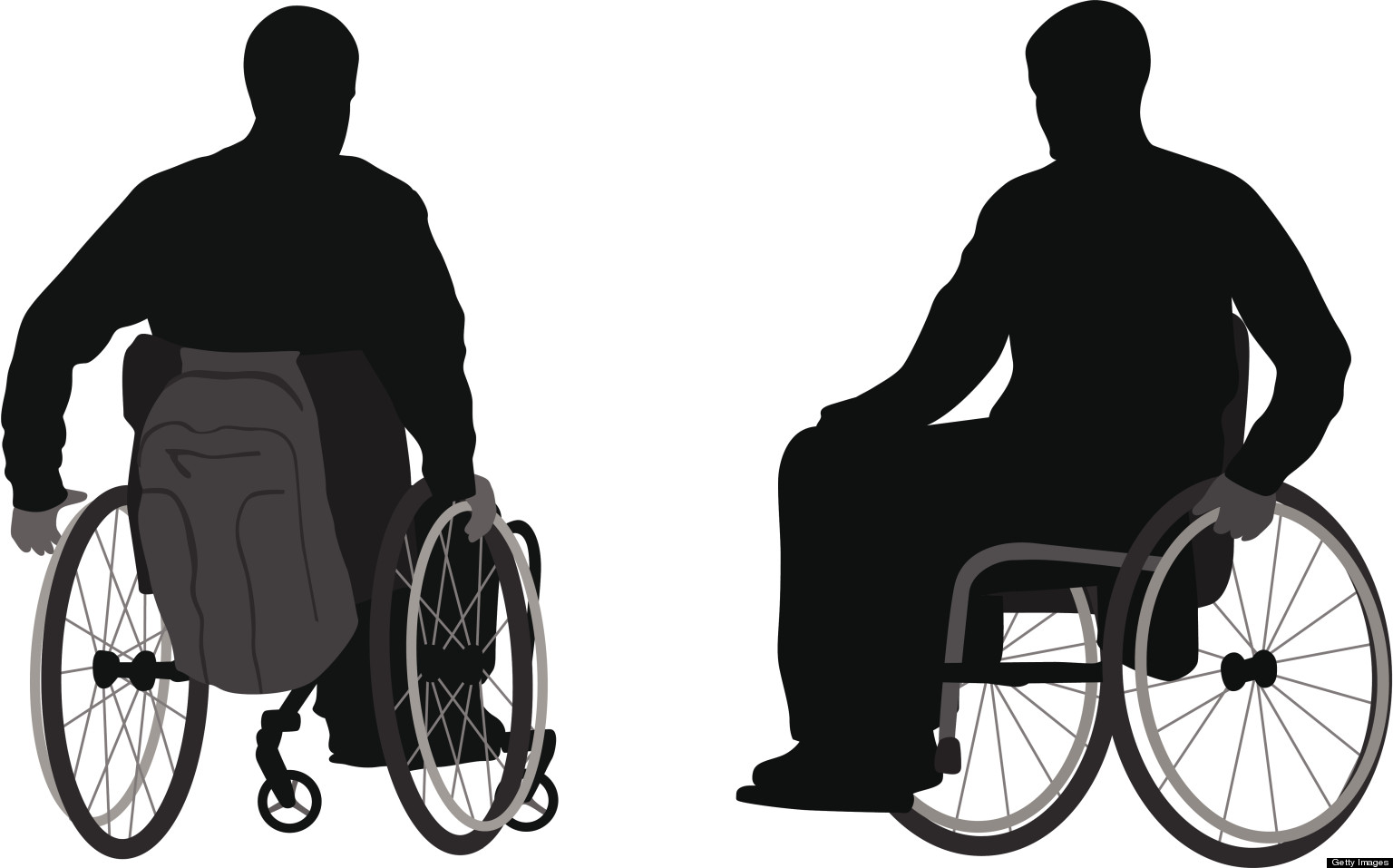In The Paralysis Agitans largest number of cases of parkinsonism fall into this category. The disease most frequently makes its onset between the ages of 50 and 65 years. A rarely encountered juvenile form has been described. The disease affects both sexes and all races, and there is no evidence to indicate a hereditary factor, although a familial incidence is claimed by some authorities.
The disease begins insidiously with any of its three cardinal manifestations either alone or in combination. Tremor usually in one. or sometimes in both hands, involving the fingers in a pill- rolling motion, is the most common initial symptom. This is often followed by stiffness in the limbs, general slowing of movements and inability to carry out normal and routine daily functions with ease. As the disease progresses the face becomes “masklike,” with a loss of eye blinking and failure to express emotional feeling; the body becomes stooped, and the gait becomes shuffling with loss of arm swing; and the patient is unable to readily gain and maintain an erect posture. Speech becomes slow and monotonous. There is a tendency to drool.
The skin takes on an oily quality, and there is a tendency to seborrheic dermatitis. Although paralysis agitans is invariably progressive, the rate at which symptoms develop and disability ensues is extremely variable. On only rare occasions is the disease so rapidly progressive that the patient becomes disabled within five years of onset. In the majority, intervals of 10 to 20 years elapse before symptoms cause incapacity.
The major neurologic findings of Paralysis Agitans are:
- (1) Lack of facial expression, with diminished eye blinking but ready induction of blepharospasm when the frontalis muscle is tapped (Myerson’s sign).
- (2) Tremor of the distal segments of the limbs at rest, accentuated by suspension but decreased during active movements and eliminated in sleep. The tremor is rhythmical, alternately affecting flexor and extensor muscles, and may involve upper or lower limbs, mouth, or head.
- (3) Muscular rigidity is readily evident on passive movement of a joint, and is manifested by a series of interrupted jerks (cog-wheel phenomenon) rather than a smooth flowing, easy motion.
- (4) Akinesia is the tendency to slowness in the initiation of movement and sudden unexpected arrests of volitional movements while carrying out purposeful acts. The parkinsonian patient appears disinclined to move, and in the midst of performing a routine function suddenly finds himself Frozen” and unable to move through the sequence of motion necessary to complete the action. This is especially evident in writing or feeding and can be striking when, in attempting to walk, the patient finds that his feet are suddenly “frozen to the ground.”
- (5) Postural abnormalities are most evident in the erect and sitting positions. The patient has a tendency to let his head fall forward on the trunk, and his body tends to fall forward or backward when seated on a stool unless supported; when pushed either from in front or behind in the erect position he falls, making no effort to catch himself with either a step or by movement of his arms. There is a tendency to deformities of the trunk, hands, and feet. Kyphotic deformity of the spine, causing a stooped posture is a hallmark. There are ulnar deviation of the hand, flexion contractures of the fingers, and an equinovarus posture of the foot.
